HND Hospitality - Food Safety Management: Contamination & Prevention
VerifiedAdded on 2023/02/02
|21
|1191
|97
Report
AI Summary
This report provides an overview of food safety management within the hospitality industry, emphasizing the importance of preventing physical and chemical contamination of food. It details various controls required to minimize contamination risks, including using clean utensils, maintaining safe cooking temperatures, and proper hygiene practices. The report also compares the characteristics of food poisoning and foodborne infections, highlighting their causes, symptoms, and differences in treatment. Furthermore, it explores methods for controlling foodborne illnesses, such as maintaining hygiene, cooking food at the right temperature, and preventing cross-contamination. The conclusion reinforces the significance of food safety management, preservation methods, personal hygiene, and facility design in ensuring safe food products. The report references several academic sources to support its findings and recommendations, offering a comprehensive guide to food safety management for hospitality professionals. Desklib provides students access to similar solved assignments and resources.
1 out of 21
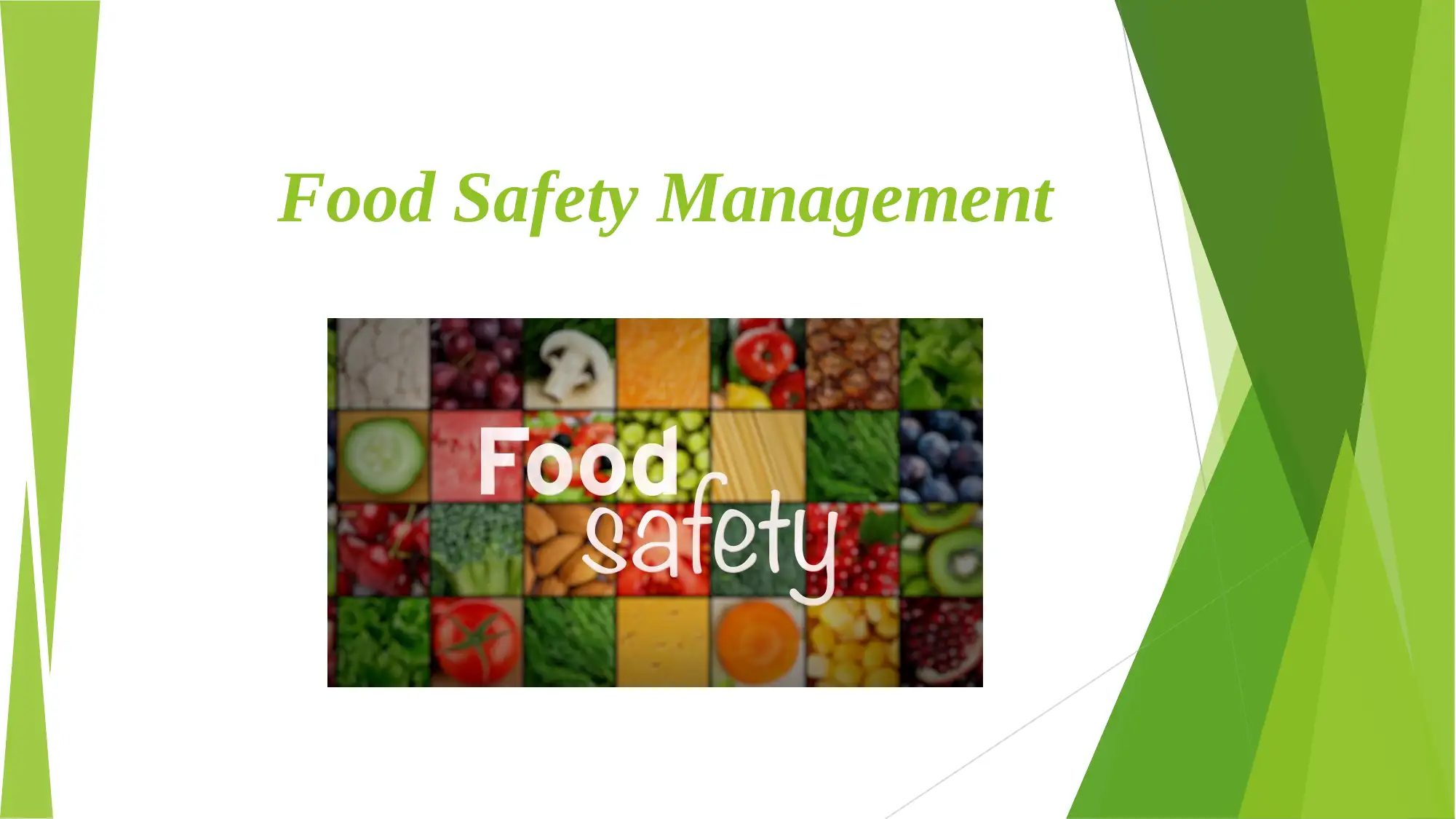
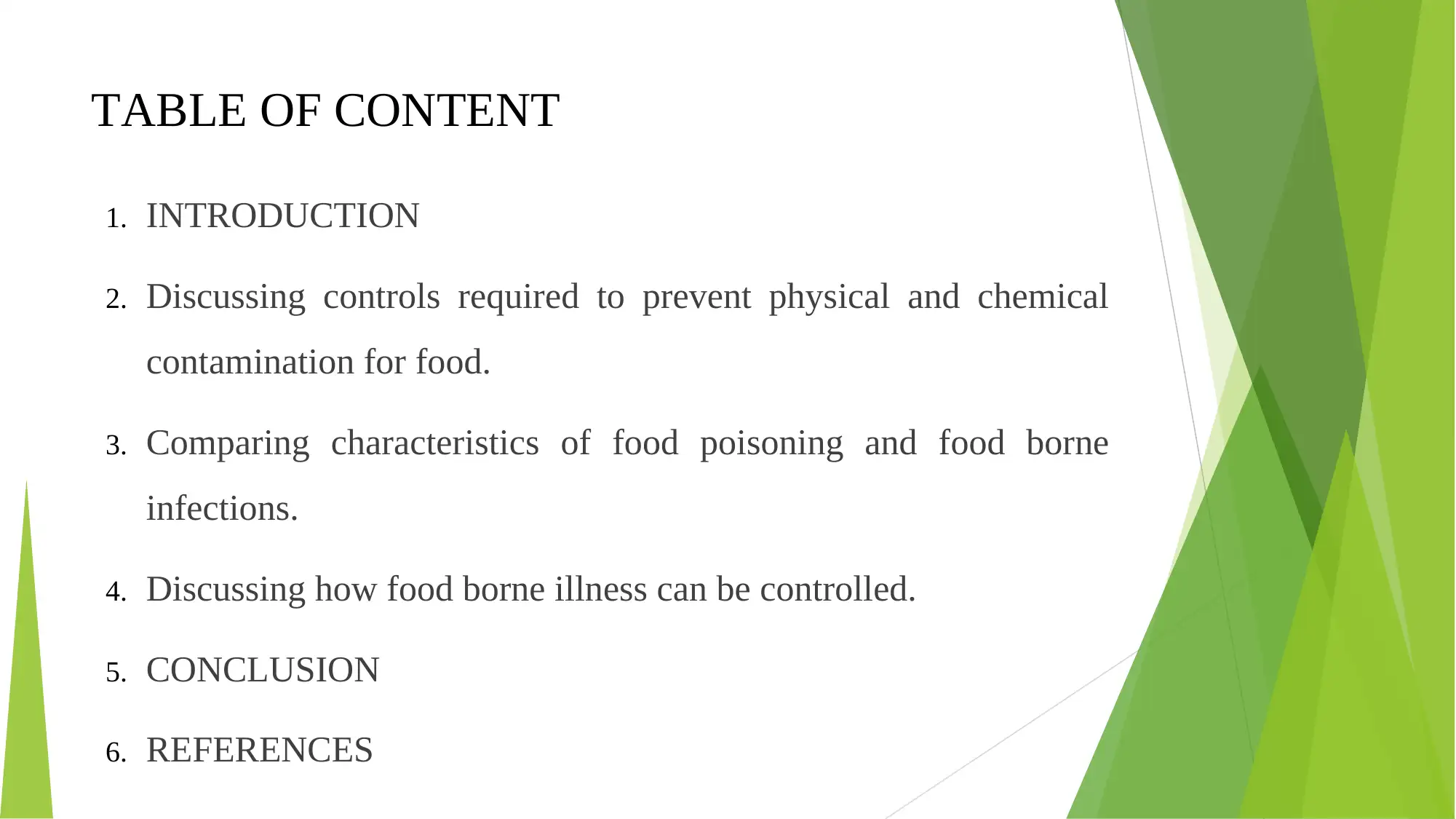
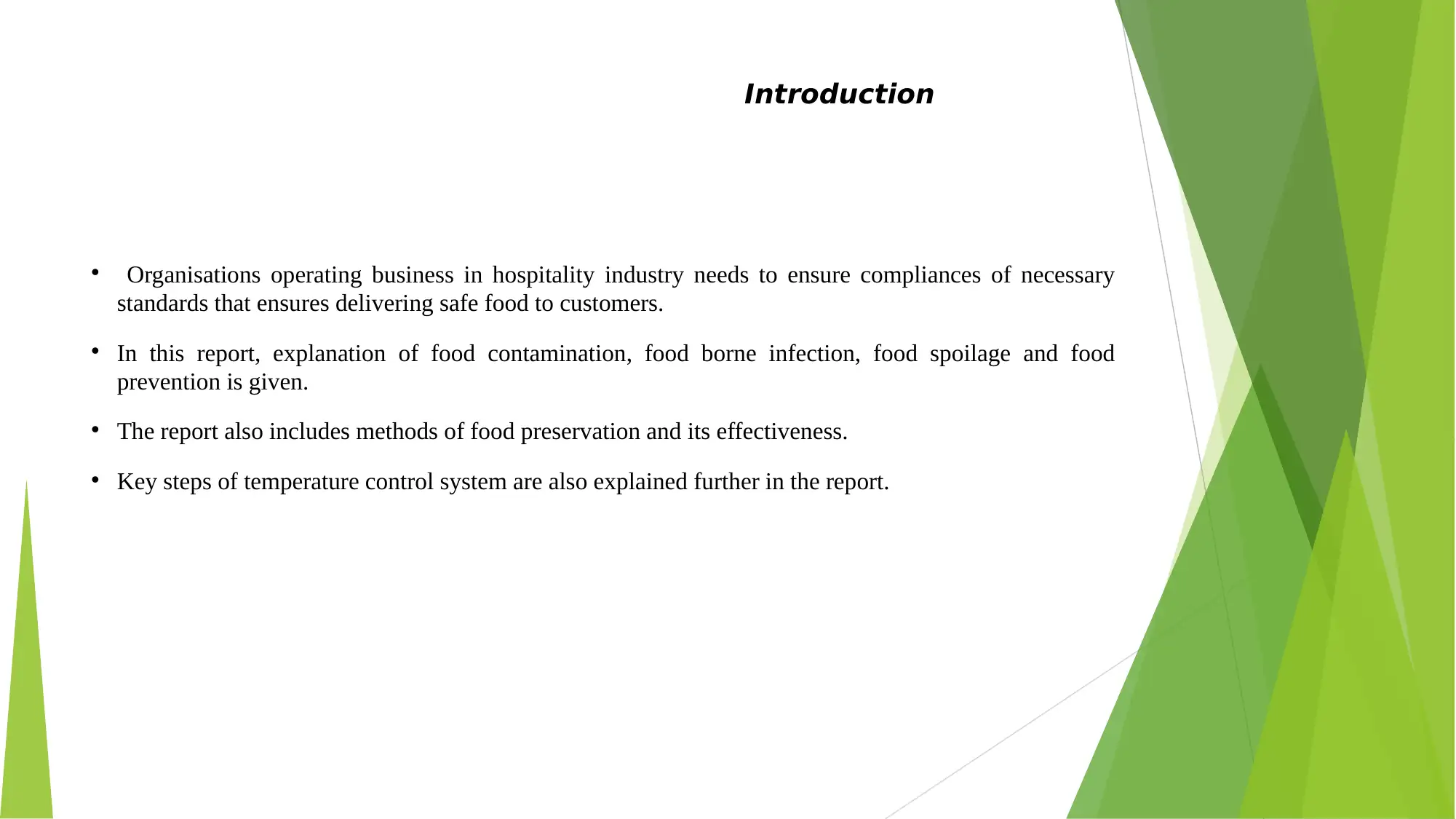

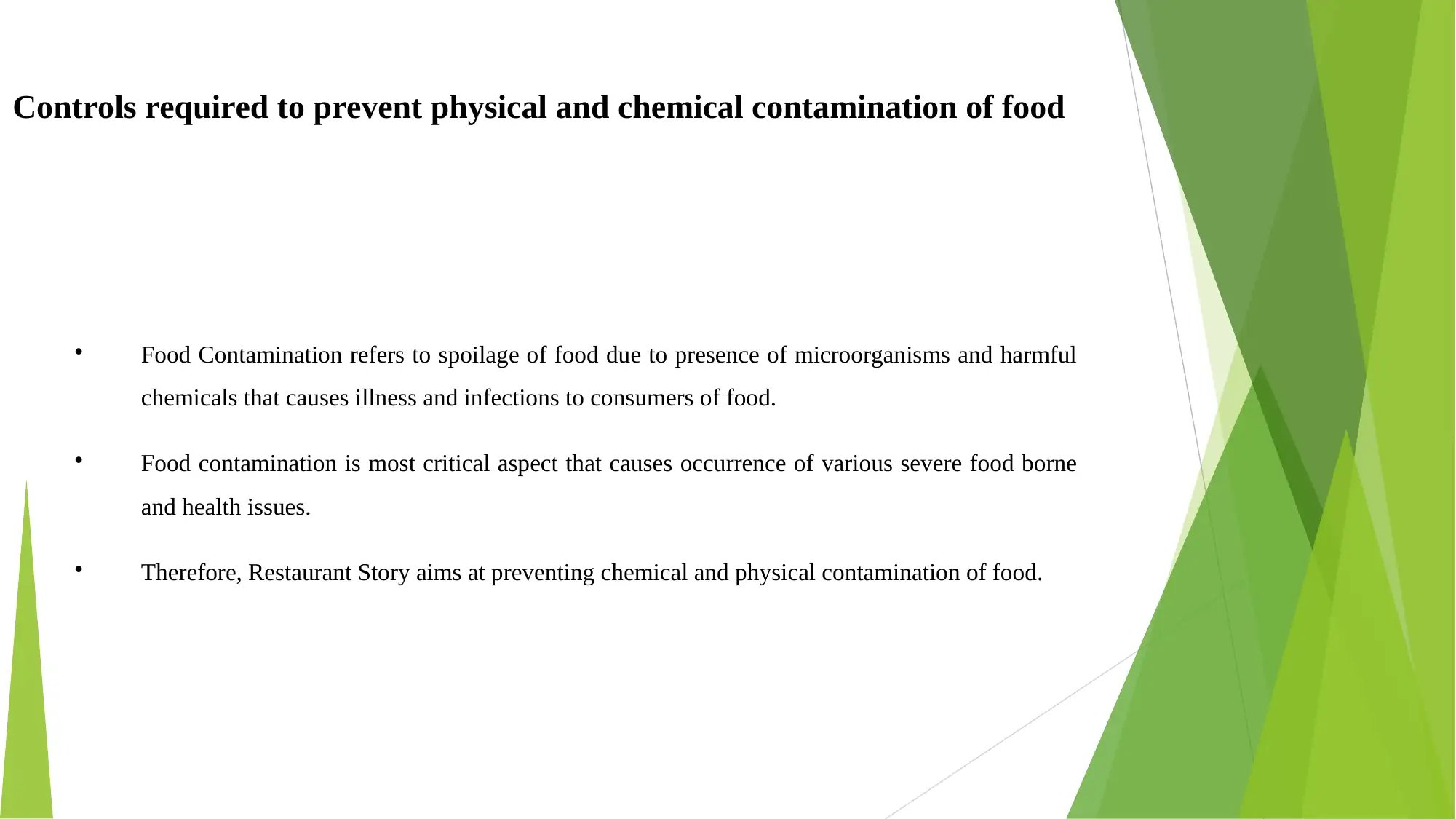
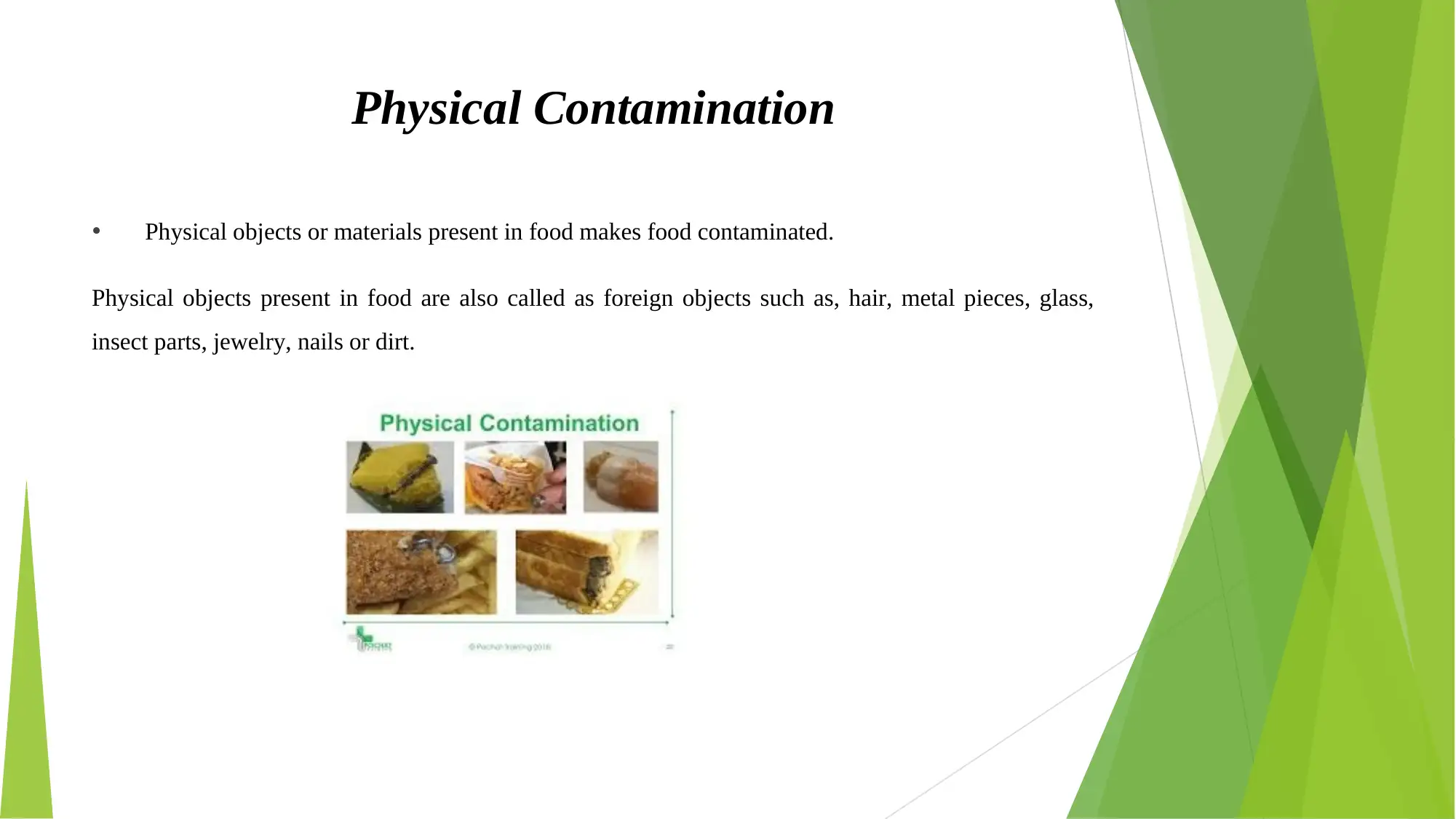
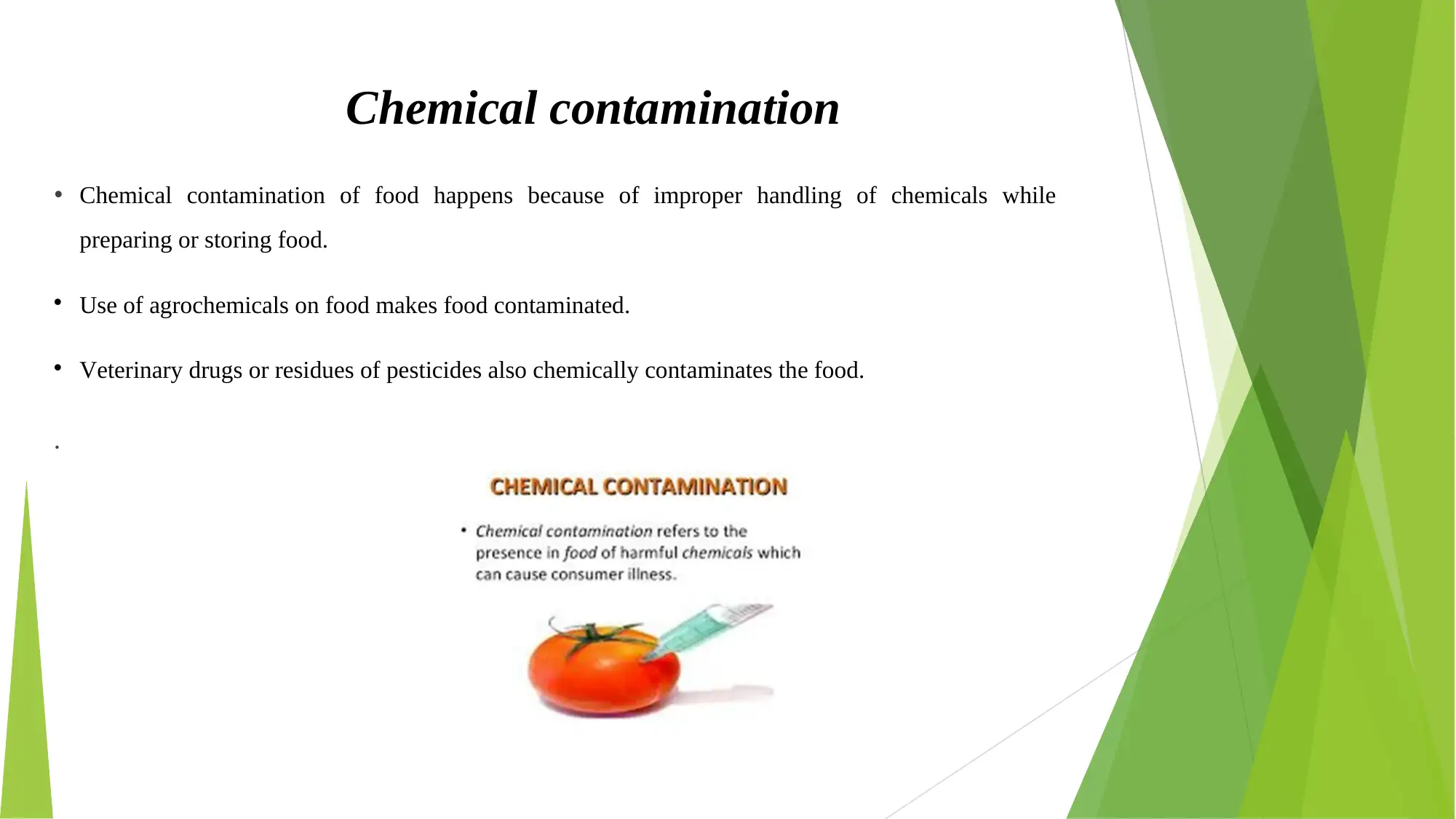
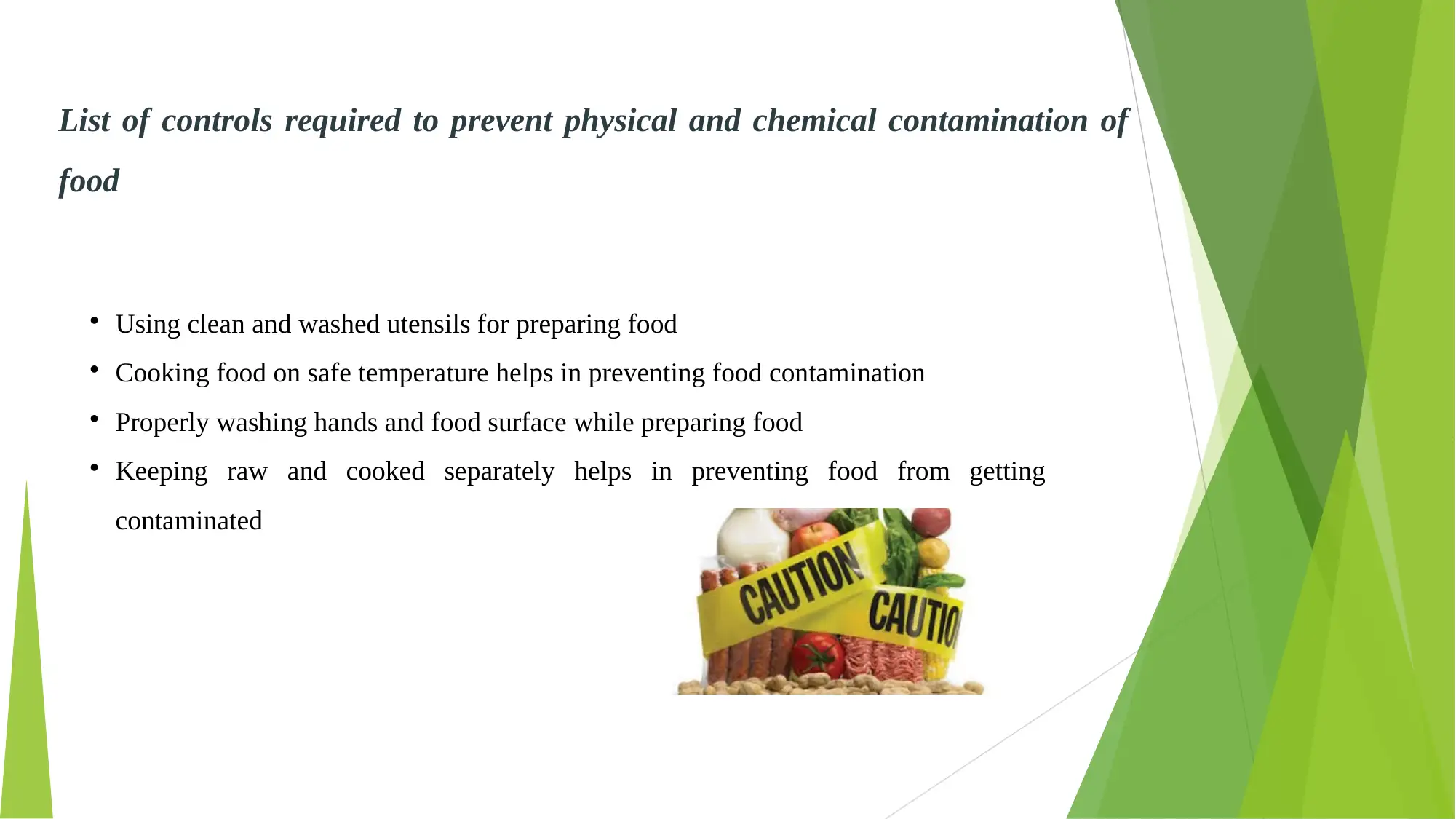
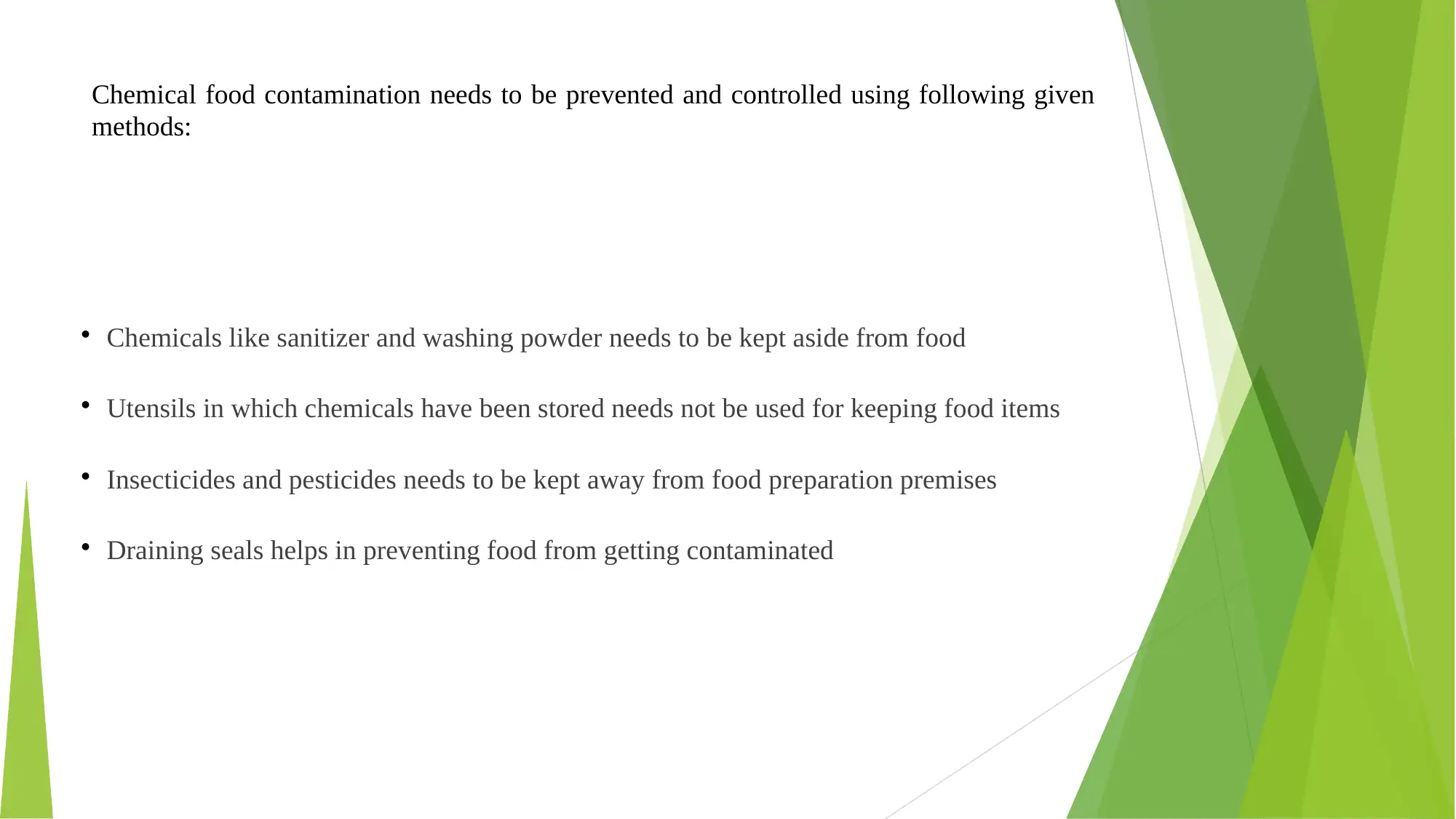
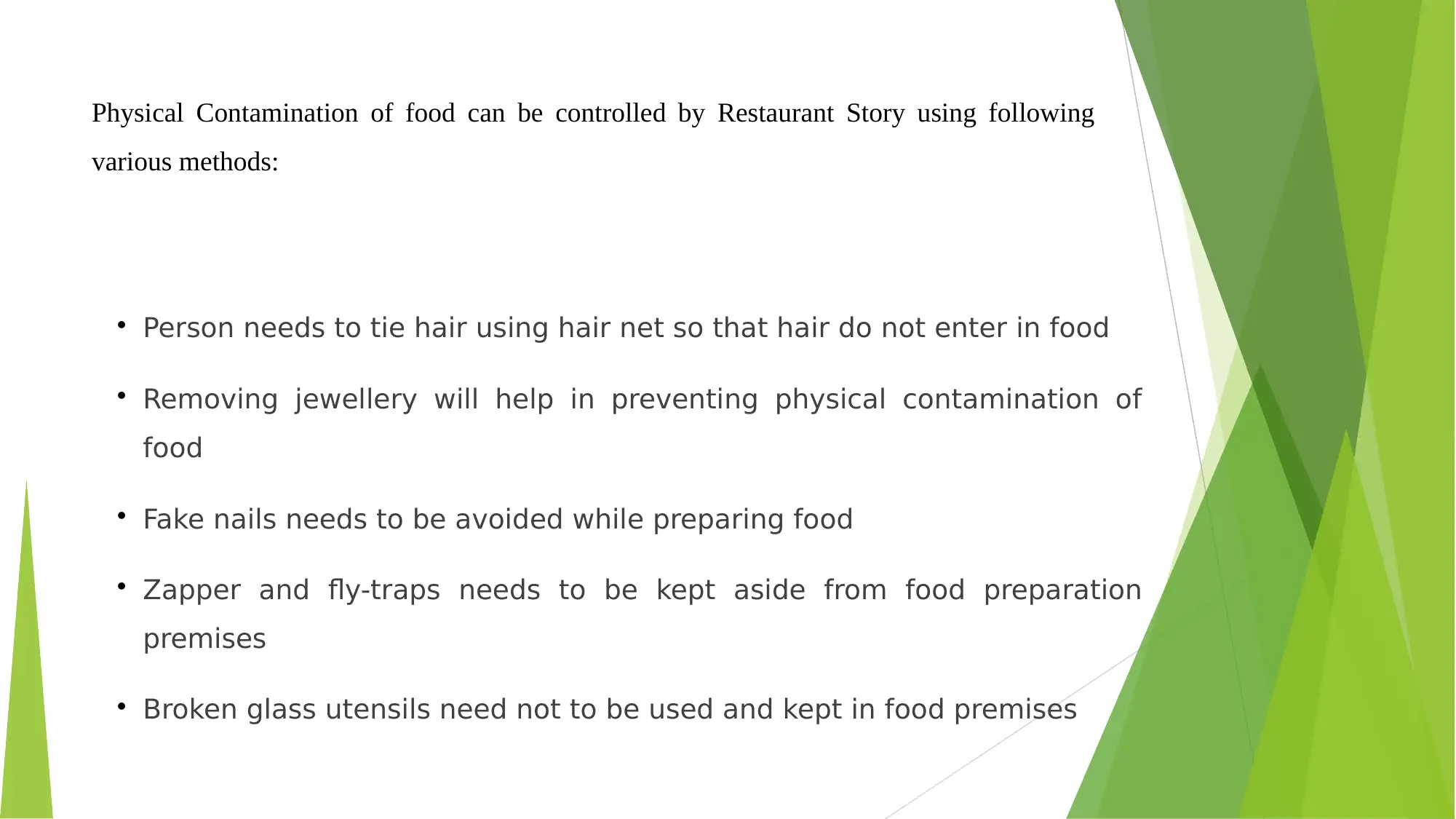
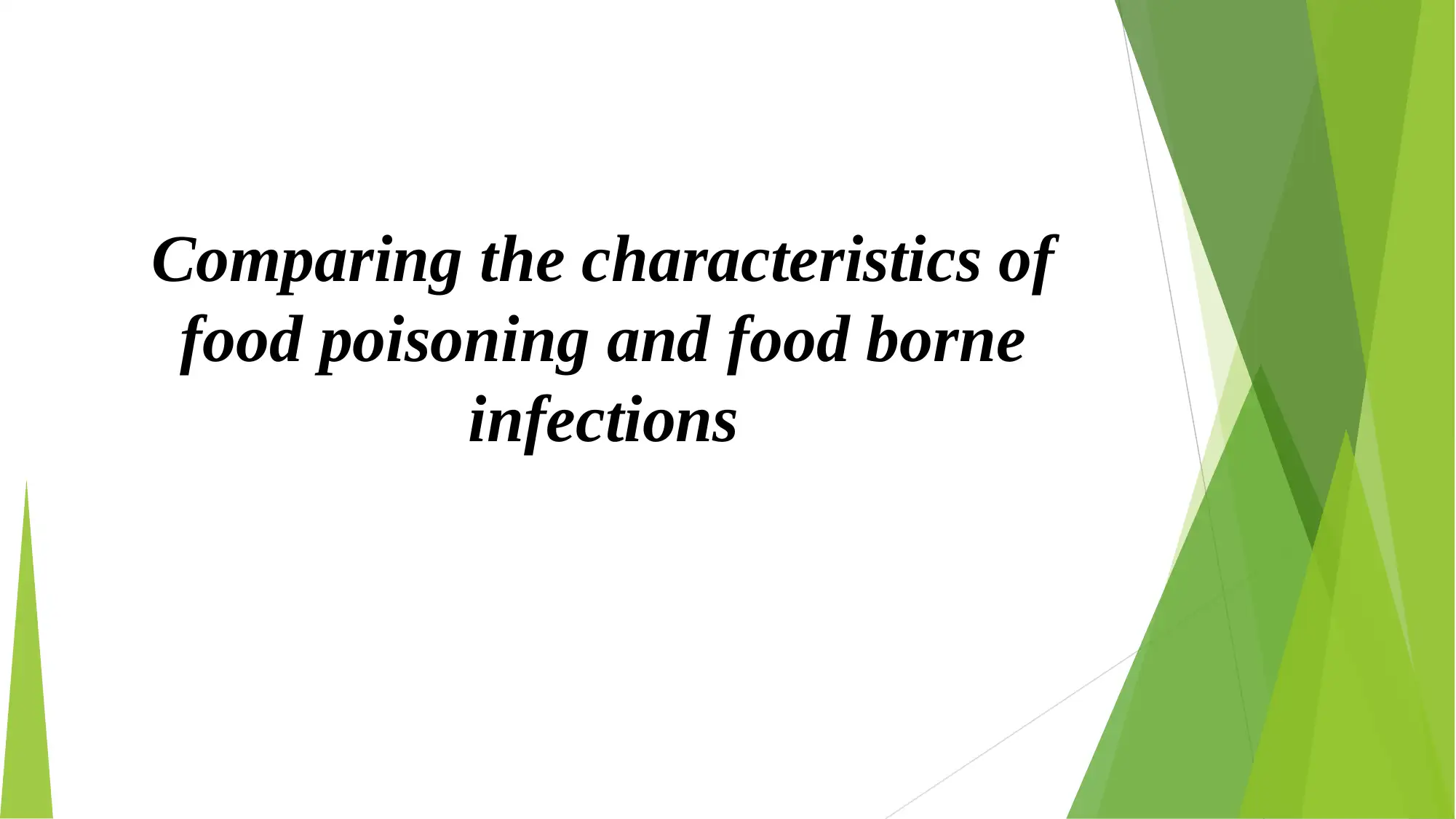
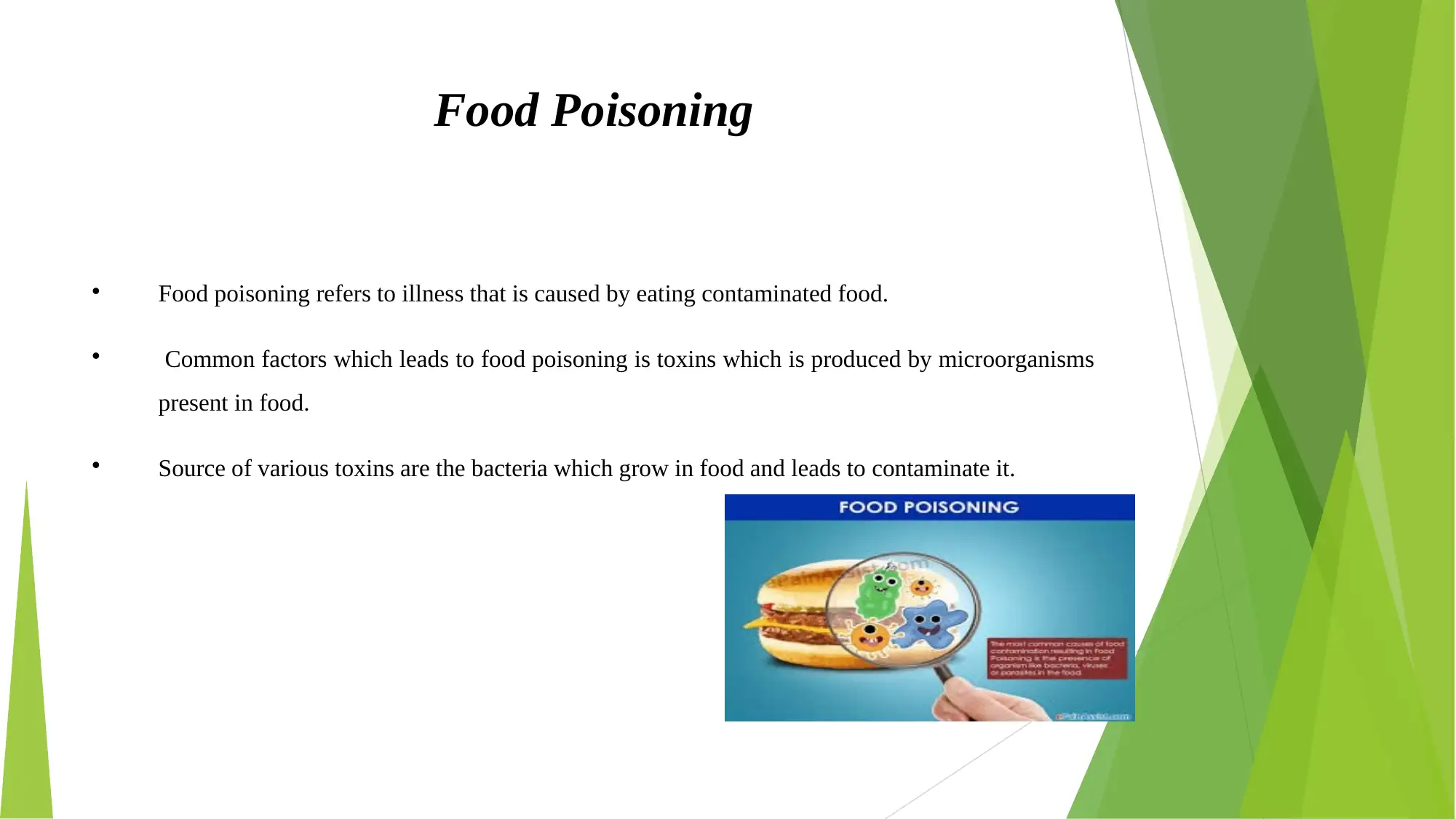
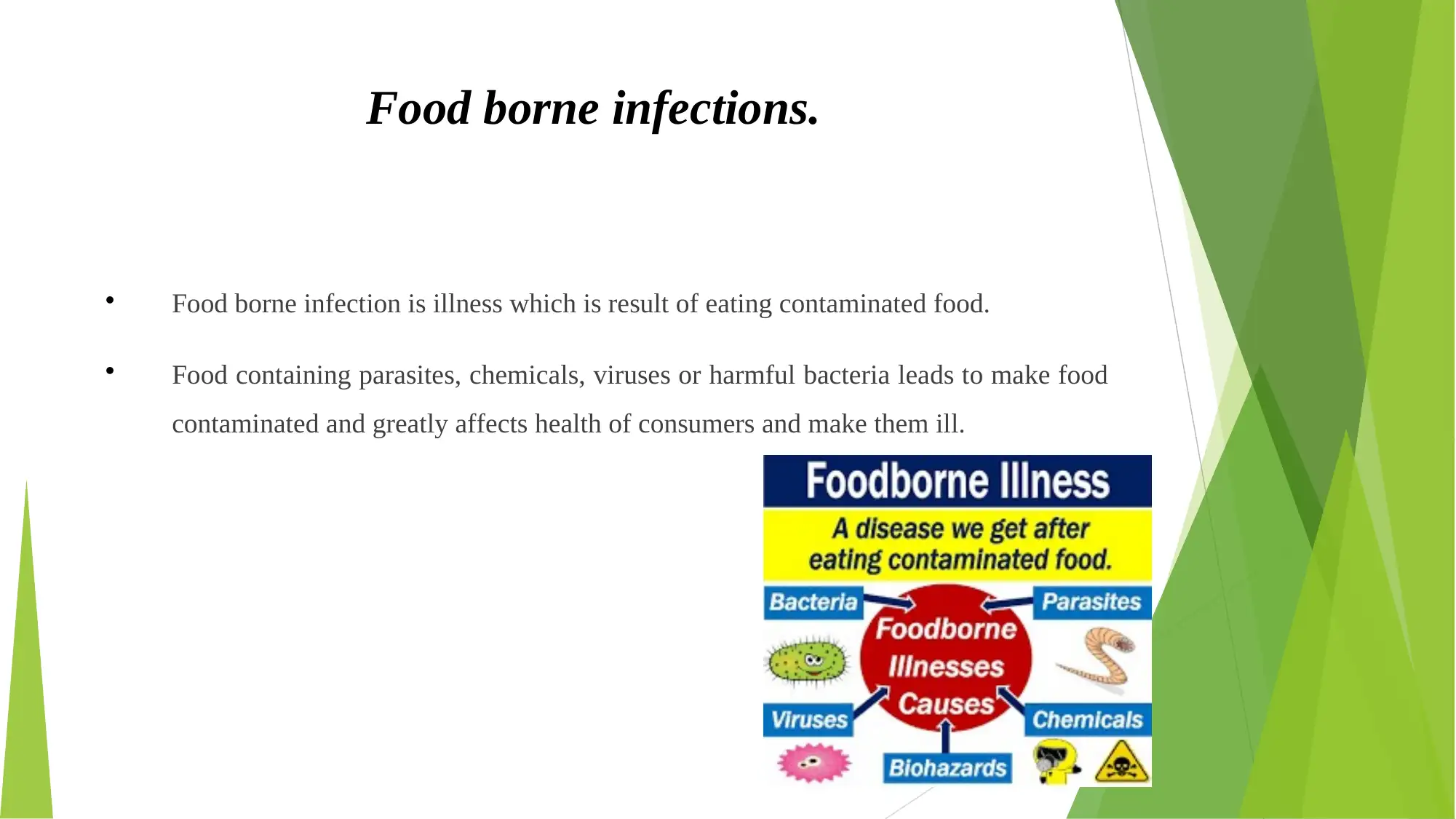






![[object Object]](/_next/static/media/star-bottom.7253800d.svg)